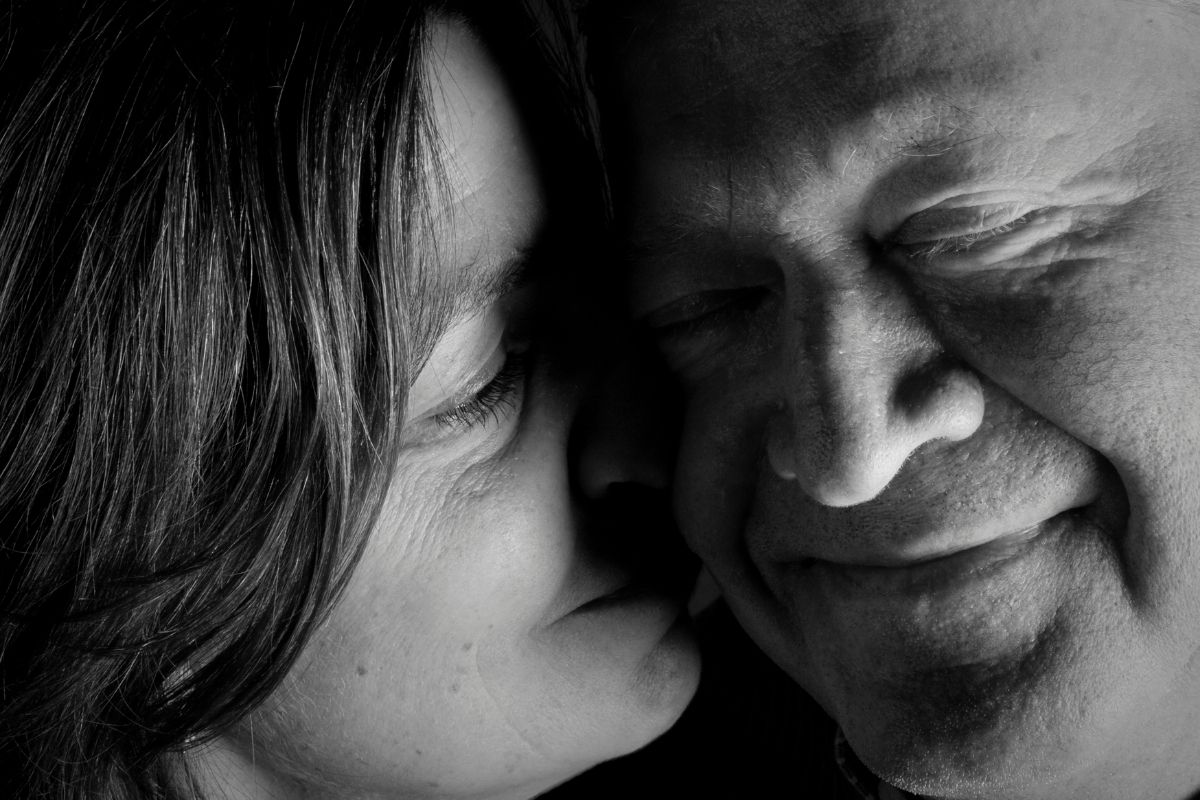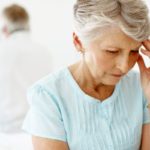Before we can talk about the aging couple we have to understand normal arousal and desire in men and women. Leon F Seltzer, Ph.D. does a nice job of describing normal human sexuality in The Triggers of Sexual Desire, Men vs. Women.
What causes male arousal?
As women are aware, male arousal is pretty simple. Men are visual; any erotic stimuli from seeing a pretty face to watching a pornographic movie easily causes an erection. There is a strategic and unwilled connection between the male brain and his genitals. Sexual arousal can exist totally independent of a relationship, any erotic stimuli is quite apart from an intimate human attachment. The male brain software is wired for quick arousal and targeted to intercourse and orgasm, devoid of human dimensions.
What causes female arousal?
Unlike the single visual clue for men, no single clue for women is sufficient. Female arousal is focused on emotions and relationships. The romance novel genre is an example of female erotic stimuli. A handsome and dashing hero eventually falls madly in love with the heroine. These alpha male heroes range from cowboys to knights, princes, and kings. The romance novel hero is intelligent, brave, confident, caring, kind, and passionate. There is less focus on sex in favor of deeply loving and caring relationships.
How do arousal and desire change with aging?
Does arousal change with aging? Yes, but keep in mind that the changes are less profound in physically and mentally healthy people in good relationships and the changes are exaggerated by poor health and poor relationships.
As medical doctors Irwin Kuzmarov and Jerald Blain point out in Sexuality in the Aging Couple, the differences in male and female sexuality are less distinct with aging.
While male sexuality continues to focus on arousal and genital stimulation, with the changes in erections men become less directly focused on intercourse and orgasm and more oriented to a broader experience of intimacy.
Women’s sexuality continues to prioritize intimacy over the physical act of intercourse. Women continue to value commitment, bonding, love, and affection. According to a study conducted by Dr. Holly Thomas, assistant professor of medicine at the University of Pittsburgh Medical Center, women in their 60’s and 70’s had sexual satisfaction levels similar to women in their 30’s and 40’s. Those with a romantically committed partner were 8 times more likely to be sexually active.
Multiple factors affect sexuality for couples: quality of relationship, stress, illness and medication, alcohol consumption, and physical fitness. Women have the issue of declining estrogen and vaginal dryness with the menopause while men must deal with decreasing quality and frequency of erections, sometimes complete loss of erectile ability.
The good news is that sexuality continues to the end of life. Estrogen is safe and effective. Erectile dysfunction responds to a variety of treatments. Focus on good health via good diet, exercise, and medical care. Focus on nurturing the relationship.
Of course there are changes; the desire and arousal and satisfaction can change from an urgent and orgasmic rip off the clothes and jump into bed routine to a very pleasant and prolonged intimacy.
Do you have questions about sexual arousal and aging? Feel free to send them our way using our Ask the Experts feature.





